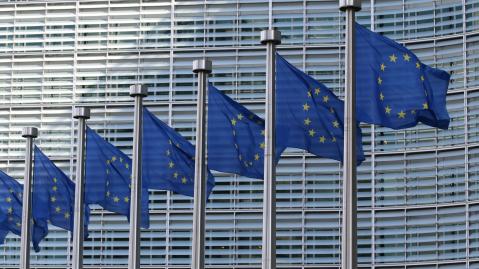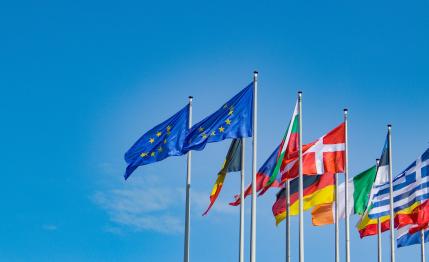EU adopts simplifications of CBAM rules ahead of the compliance phase starting in 2026

On 20 October 2025, the amendments to the EU Carbon Border Adjustment Mechanism (CBAM) took effect. Adopted as part of the EU’s “Omnibus” simplification package, the changes aim to reduce the administrative burden for EU importers of CBAM-covered goods and producers of such goods in third countries.
Regulation (EU) 2025/2083, published on 17 October following adoption by the Council, amends Regulation (EU) 2023/956 of 10 May 2023 that introduced the EU CBAM and reflects experience gained during the transitional phase.
The key amendments include:
- Scope and “de minimis” threshold: A new single mass-based threshold exempts importers that bring in 50 tons or less (cumulative net mass) of CBAM-covered goods into the EU per year. Hydrogen and electricity are excluded from this “de minimis” exemption. The threshold may be recalculated if emission intensities or trade patterns change, based on an annual review by the Commission. According to the Commission, the new threshold exempts 90% of importers while still covering 99% of embedded emissions from CBAM-covered goods imported into the EU.
- Timing of CBAM certificate sales: The start of CBAM certificates sales is postponed from 1 January 2026 to 1 February 2027. Declarants will acquire certificates in 2027 for embedded emissions from 2026 imports, with full compliance obligations applicable retroactively. Certificates prices for the 2026 compliance year will reflect the quarterly average of 2026 EU ETS allowance prices. Thereafter, CBAM certificates can be purchased any time and prices will reflect the weekly average of EU ETS auction closing prices.
- Declaration deadline and quarterly purchase requirements: The submission deadline for the annual CBAM declaration is postponed to 30 September (previously 31 May) of the year following importation of covered goods. In addition, the requirement for declarants to hold a number of CBAM certificates on their registry account at the end of each quarter is reduced to 50% of embedded emissions in goods imported since the beginning of the calendar year (down from 80%). The calculation of the embedded emissions takes into account an adjustment factor reflecting the sectoral free allocation of allowances that is still provided to EU producers (in line with the gradual phase-out of free allocation for CBAM-covered sectors in the EU ETS from 2026 to 2034).
- Simplified embedded emissions calculation: Default emission values are introduced for countries lacking reliable data. These will be set at the highest emission intensity observed among countries with reliable data for the respective product type or based on the applicable region-specific values. For aluminium, steel, and iron, embedded emissions from precursors are counted by default, while emissions from finishing processes are no longer counted, in alignment with EU ETS rules.
- Deductions for carbon prices paid in third countries: Standard annual average carbon prices, or default carbon prices, may be used for countries where carbon pricing mechanisms are in place, but an actual carbon price paid cannot be established. From 2027, the Commission will publish default carbon prices and related calculation methodologies in the CBAM registry. Carbon prices paid in a third country other than the country of origin of the imported goods are also eligible for deduction, if corresponding evidence can be provided. This is relevant for goods with production processes in different jurisdictions (e.g. a precursor good being priced in country A, exported to country B, and exported as finished good from country B to the EU).
- Offshore production: Hydrogen and electricity generated entirely on the continental shelf or in the exclusive economic zone (EEZ) of an EEA member state and imported directly into the EU customs territory are exempt from CBAM.
- Delegation of reporting: Authorized CBAM declarants may delegate submission of CBAM declarations to a third party, while retaining responsibility. The third party must be established in an EU member state and hold an Economic Operators Registration and Identification (EORI) number.
The amendments are expected to reduce the administrative burden for importers as part of the European Commission’s simplification efforts, particularly benefitting small and medium-sized enterprises (SMEs) that fall below the new “de minimis” threshold. The Commission plans a broader review of CBAM legislation by the end of 2025, followed by a new legislative proposal in early 2026 potentially expanding the scope to additional sectors and downstream goods covered under the EU ETS.

